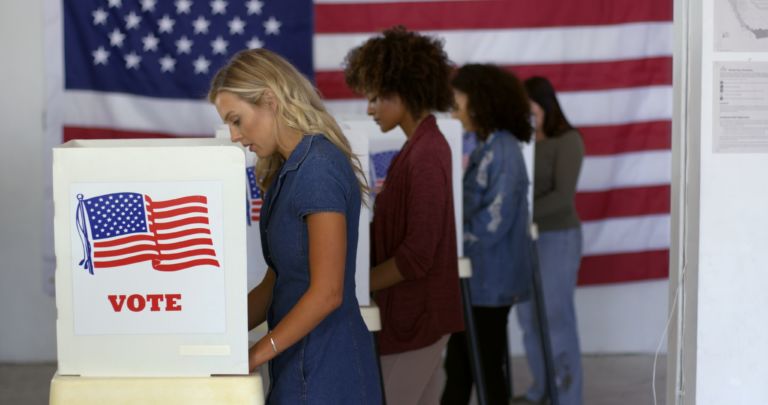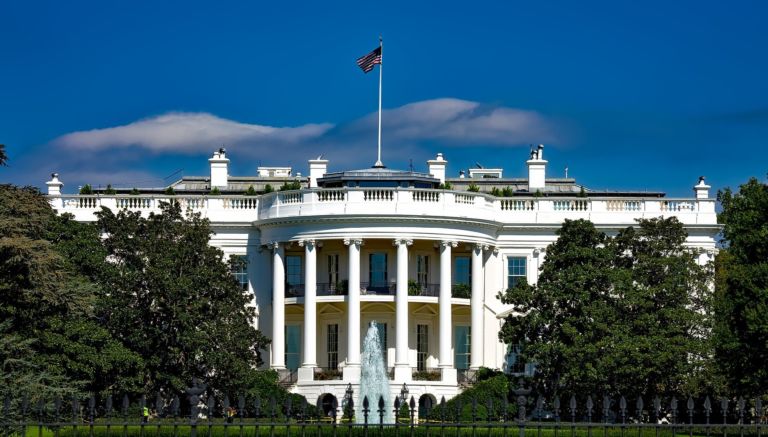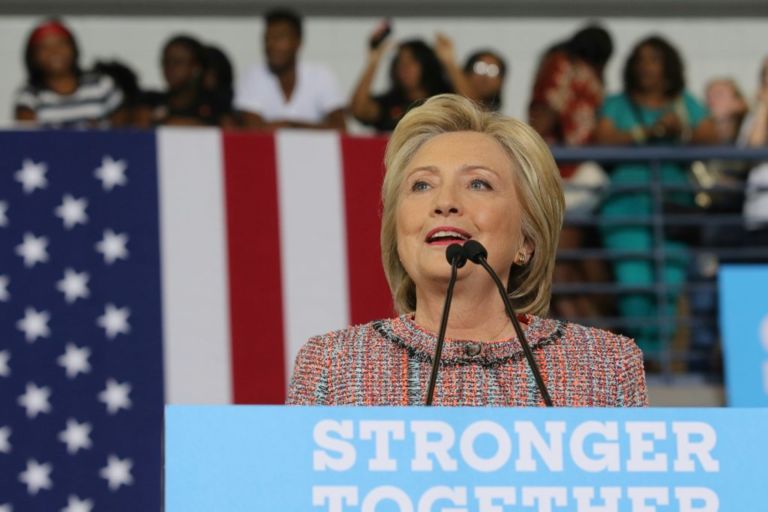James Antle writes for the Washington Examiner about the impact of new presidential polling numbers.
President Joe Biden has narrowed the gap with former President Donald Trump, nearly tying but not overtaking the Republican in the polls.
The latest RealClearPolitics polling average has Trump leading by 0.2 points, down from more than 4 at the beginning of the year. Trump led by 1 in the most recent New York Times-Siena College and Morning Consult polls. Biden’s biggest national lead is 4 points, according to Reuters-Ipsos.
Trump still leads in most of the battleground states. His national edge over Biden also improves when third-party candidates are factored into the equation. But those potential spoilers may be starting to fade.
From late March to early April, the strongest of these candidates, independent Robert F. Kennedy Jr., was receiving between 8% and 14% in the polls. The more recent five-way surveys by Economist-YouGov and New York Times-Siena have Kennedy at 3% and 2%, respectively.
Biden may be starting to consolidate the anti-Trump vote, as Hillary Clinton failed to do in 2016. The president may also be winning back progressives who were disillusioned by his performance in office now that the reality of Trump as the GOP nominee has set in. In two-way polling, Biden is starting to run ahead of his job approval ratings.
The question that keeps Democrats awake at night is this: Should they be happy they are more or less tied with Trump, or is it actually a sign of weakness that their ticket cannot convincingly surpass him? By a similar point in 2020, Biden was leading by 5.5 points in the RealClearPolitics average. At this time in 2016, Clinton was up 9.9.
Trump outperformed his poll numbers in both of those elections. Some of the fissures in the Democratic coalition that helped him win the White House are resurfacing this year. Inflation remains hot, and the international situation is unstable.


